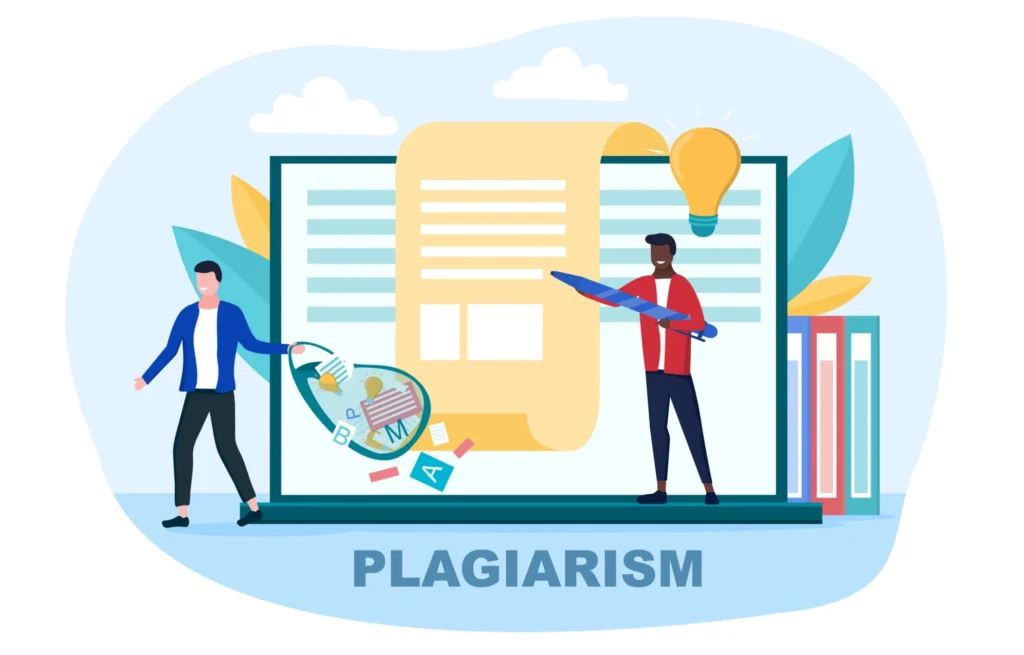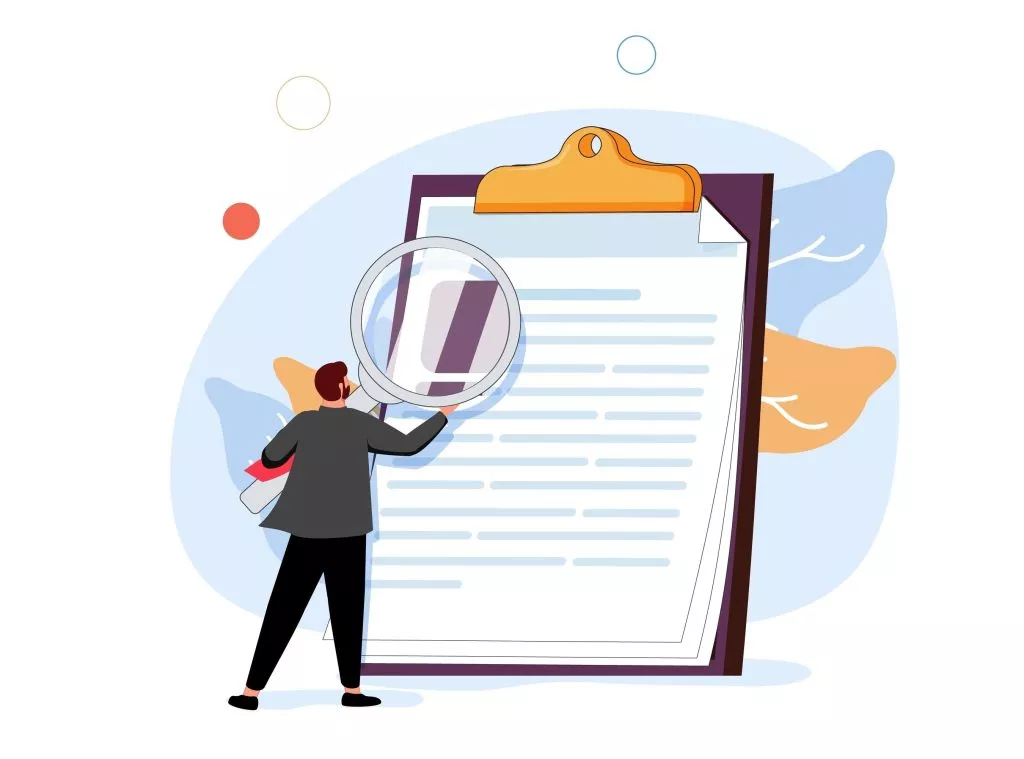Exploring the intricacies of Canvas, one often wonders about its inherent plagiarism detection capabilities when students submit assignments directly through the platform. It’s a common query among students, educators, and administrators alike: Does Canvas perform automatic plagiarism checks?

This question holds considerable weight for those navigating the landscape of educational technology, particularly when considering the adoption of a learning management system like Canvas.
Canvas has emerged as a frontrunner in the realm of educational platforms, heralding benefits for students, educational institutions, and instructors alike. As a web-based teaching and learning software, Canvas boasts a robust suite of tools tailored for skill development and assessment.
One of Canvas’s standout features is its capacity to streamline the delivery of education online, offering educational institutions a seamless platform to manage courses and resources effectively. Yet, amidst its myriad advantages, the question persists: Does Canvas include a built-in plagiarism checker?
While Canvas excels in customizable courses and resource availability, its native plagiarism detection capabilities are a topic of interest and inquiry, particularly for those seeking comprehensive solutions within the platform.
Know More About How Does Canvas Detect Cheating:
In educational institutions utilizing Canvas, a robust set of tools empowers administrators and educators to maintain academic integrity by swiftly detecting instances of cheating. Canvas employs a multifaceted approach to deter plagiarism, incorporating various features designed to uphold the standards of academic honesty.

Central to Canvas’s arsenal is its quiz log functionality, which enables instructors to closely monitor students’ activities during online assessments, mirroring the oversight typically found in traditional classroom settings. This tool tracks students’ interactions with quizzes, alerting instructors to any prolonged periods of inactivity or unauthorized attempts to access external resources.
To bolster defenses against cheating, Canvas integrates seamlessly with third-party proctoring software for invigilated exams. Acting as a neutral observer akin to a physical proctor, this software not only detects and prevents cheating but also verifies students’ identities through ID authentication and monitors their online behavior via webcam footage.
During online tests, Canvas employs browser locking mechanisms to prevent unauthorized access to external websites or applications, ensuring that students remain focused on the task at hand. This not only mitigates opportunities for cheating but also enables instructors to maintain control over students’ online activities, minimizing distractions and enhancing exam security.
Furthermore, Canvas’s vigilant monitoring systems are designed to flag any suspicious behaviors or anomalies, such as attempts to copy or print from external sources, providing instructors with timely alerts to address potential breaches of academic integrity.
With Canvas’s comprehensive suite of plagiarism detection tools, educational institutions can uphold academic standards and foster an environment of trust and integrity in online learning environments.
Grading Turnitin Plagiarism Framework submissions
When assessing papers submitted through the Turnitin Plagiarism Framework within Canvas, instructors seamlessly integrate evaluation, grading, and scoring using Canvas’s trusted SpeedGrader tool and Gradebook. This streamlined process ensures a seamless transition without the need for additional grading procedures.
To access Turnitin similarity reports for papers submitted via the Plagiarism Framework, instructors can leverage SpeedGrader. Within SpeedGrader, simply view the paper and locate the similarity score conveniently displayed in the upper right corner of the feedback pane. With a single click on this score, a new tab opens, granting access to Turnitin’s comprehensive similarity report view, providing invaluable insights into the paper’s originality.
In both the Gradebook and SpeedGrader interfaces, color coding simplifies the assessment process by visually representing the percentage of matching text detected:
- Blue indicates no matching text.
- Green signifies a minimal amount of matching text, ranging from a single word to 24%.
- Yellow denotes a moderate level of similarity, spanning from 25% to 49%.
- Orange highlights a substantial overlap, covering 50% to 74% of matching text.
- Red signals a significant proportion of matching text, encompassing 75% to 100%.
This intuitive color-coded system empowers instructors to efficiently identify and address potential plagiarism concerns while providing constructive feedback to students. With Canvas’s integration of Turnitin’s robust plagiarism detection capabilities, educators can uphold academic integrity with ease and confidence.
Our Other Websites
